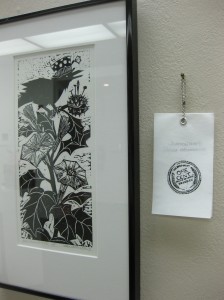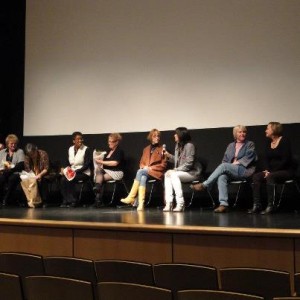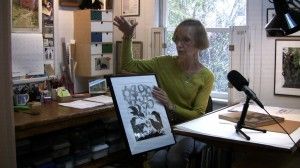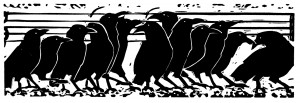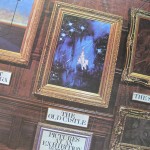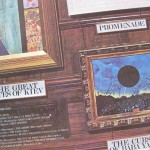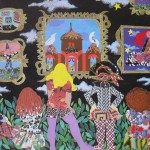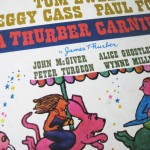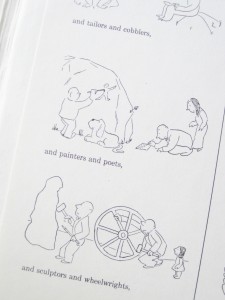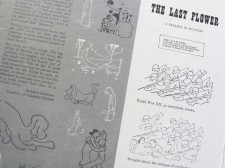“Our fascination with poisons and toxins and venoms, I think, is very similar to our fascination with magic – these are mysterious things . . .”
Dr. Mark Siddall, Curator of The Power of Poison at the American Museum of Natural History
Call it serendipity – or coincidence – or synchronicity: paging through the Sunday New York Times came to a halt at the sight of Thinking About Poison, an article by Helene Stapinski about the new exhibit at the American Museum of Natural History, The Power of Poison. After all the ‘thinking about poison’ that took place here as the As Potent as a Charm series took shape, it was noteworthy to see that others were also engaged in the same subject matter – and on a much grander scale!
A visit to the American Museum of Natural History website yields some enticing information about the Power of Poison exhibition, on display now through next summer. So many of the now familiar specimens and characters that intrigued and inspired me are included, which begs the question, road trip or more prints?!
For more information on and images of the As Potent as a Charm series, visit my previous posts:
Garden Secrets
the Hare
Hot as a Hare
Blind as a Bat
Mad as a Hatter
Two to go
First Impressions – first review
As Potent as a Charm – statement + notes

